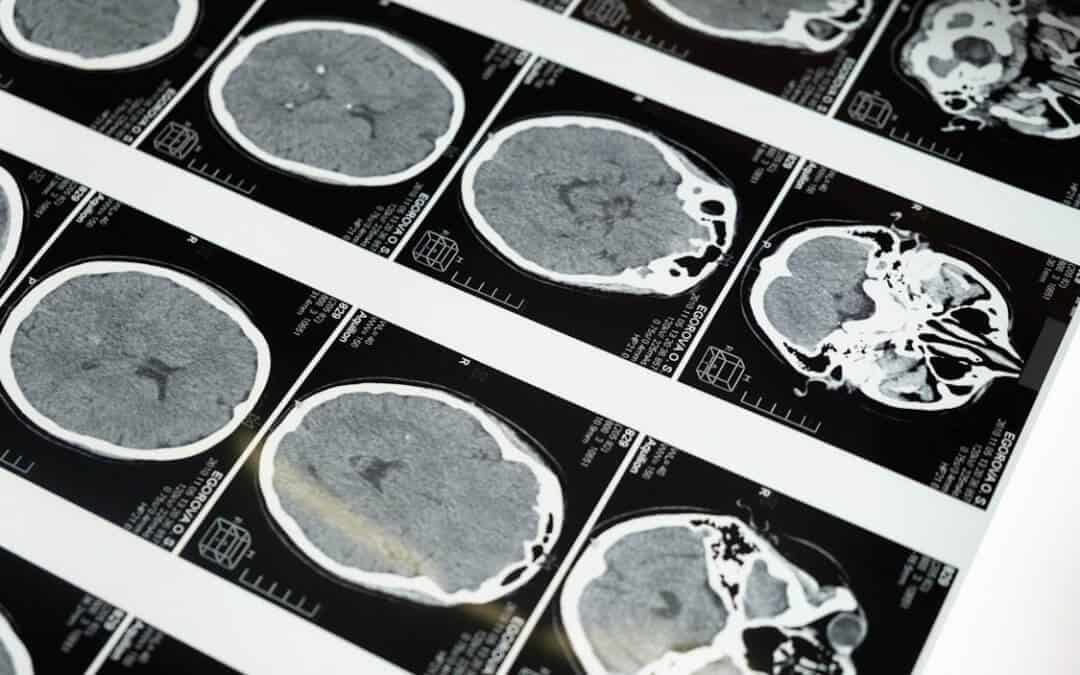Radiology centers can enhance productivity by implementing a number of SOPs to reduce time spent on manual processes. These strategies include optimizing patient check-in, deploying digital imaging protocols, and automating image interpretation and reporting.
Efficient appointment scheduling helps reduce no-show rates and improves patient satisfaction. Automating status updates within radiology software can also eliminate the need for back-and-forth communication, reducing wait times and facilitating more accurate reporting.
Streamline Patient Check-In
One of the most important aspects of radiology workflow optimization is successful communication. From patients to referring physicians to the team itself, clear and consistent communication can reduce stress levels and increase satisfaction in all involved.
Patient check-in, in particular, is an area where radiology centers can make a big difference in patient experience. Long wait times, a lack of clarity about what procedures are being performed or how long they will last, and other common issues can lead to frustration among both patients and staff. By streamlining the patient check-in process with automated appointment reminders, a more efficient use of time can be achieved in the waiting room.
This can help to reduce the number of missed appointments and lost revenue. It can also improve productivity by allowing radiologists to spend less time on administrative tasks and more on patient-facing duties.
Another way to improve radiology workflow is by automating certain processes with advanced software solutions. This helps to free up time that would otherwise be spent on manual data entry or back-and-forth communications. By implementing radiology software that can automatically track the status of an exam, for example, this can eliminate inconsistencies in reporting and ensure that studies are allocated to the right radiologist at the right time.
Uneven workload distribution is a known cause of radiologist burnout, and it can also decrease the quality of diagnostic results. A solution such as Rad AI Nexus can help to overcome these challenges by optimizing the allocation of cases according to criteria such as site, subspecialty and shift responsibility. It can also prioritize new studies based on urgency and update their ranking in real-time, ensuring that the most critical exams are always assigned to the best radiologist for the job.
In addition, it can automate and streamline other areas of the radiology workflow to allow physicians to request orders on the spot and eliminate inconsistencies in data entry. This can significantly shorten turnaround time for results and boost overall customer satisfaction. This can also be applied to the patient portal, allowing patients to access their results and other related information faster.
Optimize Equipment & Facilities
The radiology workflow is not only about scheduling and reporting – it’s also about optimizing imaging equipment and facilities. Streamlining the process and making it more efficient reduces waste and costs. This can be accomplished by implementing automation and improving communication with patients and referring physicians.
The success of a radiology workflow depends on how well the staff members work together. Successful communication is crucial, as it helps allay patient fears, improves adherence to treatment plans and ultimately increases medical outcomes. For example, a patient who feels nervous about an MRI may move more during the procedure, resulting in poor image quality. This can negatively affect the results and lead to costly re-exams.
Similarly, it’s important to optimize imaging equipment and facilities to reduce the amount of time spent waiting for an exam. This will reduce patient exposure to radiation, conserve valuable resources and reduce operational costs.
It’s also essential to streamline the imaging process and standardize protocols, as this can significantly reduce repeat exams and increase diagnostic yield. This can be achieved by automating processes, minimizing the need for additional studies and by using the right imaging modality based on the clinical needs of each patient.
In addition, incorporating automated appointment reminders can help reduce no-show rates and save staff time by eliminating the need to call patients and confirm their appointments. This will improve revenue and productivity by reducing lost income due to empty seats and rescheduling costs.
Another way to boost radiology efficiency is to use a workflow management software that automates the process. This will eliminate manual errors and streamline the data management process, resulting in a smoother billing and reimbursement process. Implementing effective radiology workflow solutions can significantly enhance operational efficiency, reduce bottlenecks, and improve the overall quality of patient care.
The best radiology workflow optimization apps provide comprehensive tools that can be customized to meet the unique requirements of each individual practice or hospital. For example, the RamSoft solution OmegaAI provides automation in areas such as technologist QC, workload balancing, study offload/reassignment and subspecialty assignment/reassignment. This makes it easy for organizations to increase radiology efficiency while decreasing the operational costs associated with imaging. It also allows for more informed decision-making by empowering operation managers with the latest figures on patient service demands.
Implement a Dedicated Scheduling Service
Radiology operations are complex, requiring careful management and attention to detail. From scheduling patients to performing scans, many factors must be coordinated seamlessly for efficient workflow and accurate results. Using the right tools can streamline these tasks and boost productivity. One such tool is a dedicated scheduling service that connects radiologists with their referring physicians, technologists and schedulers in a single platform. This allows for rapid communication and helps eliminate miscommunications that may delay the workflow process.
While advances in technology have reshaped radiology in countless ways, they can also pose challenges for radiology workflows. For example, many practices still rely on paper documents for patient intake and scheduling. This slows down the workflow, leading to longer wait times for patients and negatively affecting patient satisfaction. In addition, these processes are often error-prone. As a result, implementing a radiology workflow optimization solution that prioritizes digital communication and automates as much of the manual work as possible is key to streamlining workflows.
In addition to optimizing radiology workflows, it is important to monitor performance metrics and make ongoing adjustments as needed. Tracking these metrics provides insights into the overall efficiency of a radiology department and helps identify any bottlenecks or inefficiencies that need to be addressed. Using these insights, you can implement changes that improve the efficiency of your radiology center, resulting in improved productivity and enhanced patient care.
One of the most critical elements of optimizing radiology workflows is improving communication between all members of the team. This includes ensuring that all staff members are on the same page and working towards the same goals. Having open communication channels and encouraging regular team meetings will help reduce siloes that can hamper radiology workflows. Providing radiologists with an easy-to-use messaging system, like Nudge, can also allow them to quickly ask technologists questions about specific scans and double-check patient information before sending the data to PACS.
By enabling AI solutions to handle low-priority and/or repetitive tasks, radiologists can focus on high-priority cases and provide patients with quality diagnostics in a timely manner. This is essential in the face of increased demand for services, limited resources and other operational challenges. By implementing lean and optimized processes, it is possible to increase productivity in your radiology department without compromising patient outcomes or profitability.
Automate Reporting
As one of the most crucial steps in radiology workflow, generating comprehensive reports that provide detailed analysis and diagnosis is critical. These reports must be shared with referring physicians and other healthcare providers to help guide patient treatment. However, interpreting and creating these reports can be time-consuming, especially when working under tight deadlines or in overcrowded facilities.
To increase efficiency, investing in a leading radiology solution with an advanced reporting tool is beneficial. These solutions allow radiologists to streamline their workload by prioritizing data feeds and tasks. Additionally, they reduce the need for manual processes like dictating, image sizing, and auto checkout. This allows radiologists to focus more on clinical work, improving the overall quality of care and efficiency in the department.

Investing in a PACS with an automated workflow management system is another way to improve radiology workflow. This type of system allows radiologists to automate common tasks and prioritize data feeds, ensuring that important documents are received in the right order. It also helps to eliminate manual processes that can introduce complexities into the radiology process, such as issues with insurance pre-authorization and STAT studies. By automating these processes, radiologists are able to concentrate on their clinical work, thereby reducing delays and increasing productivity.
Improving communication within the radiology department is also essential for optimizing workflows. This includes communication with patients and referring physicians, as well as internal staff. For example, taking an empathetic approach to anxious patients can help alleviate their fears and build trust. This can result in better outcomes for the patient, as stressed patients tend to move more during MRI scans, which can impact image quality.
By implementing organizational interventions such as appointment reminder systems, time data analytics, streamlining registration and imaging processes, implementing dedicated scheduling services, and utilizing automation, radiology departments can significantly enhance their productivity. This can lead to faster turnaround times, reduced errors, and improved patient outcomes. With so many factors at play, optimizing radiology workflows is an essential goal for any healthcare facility.




